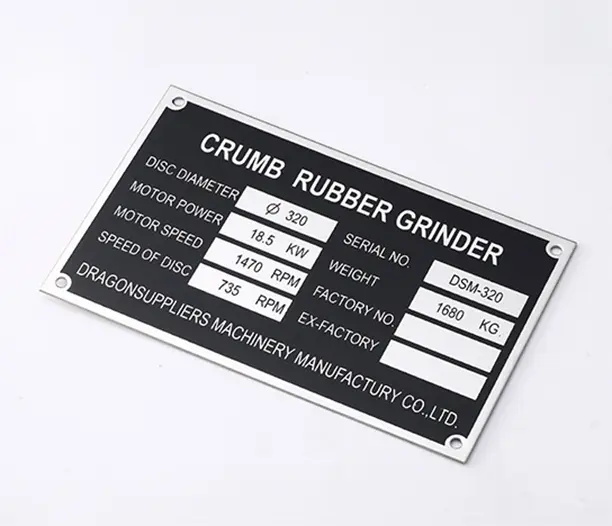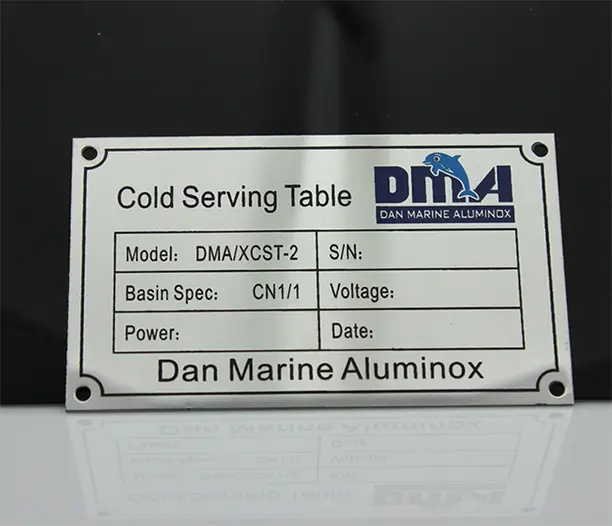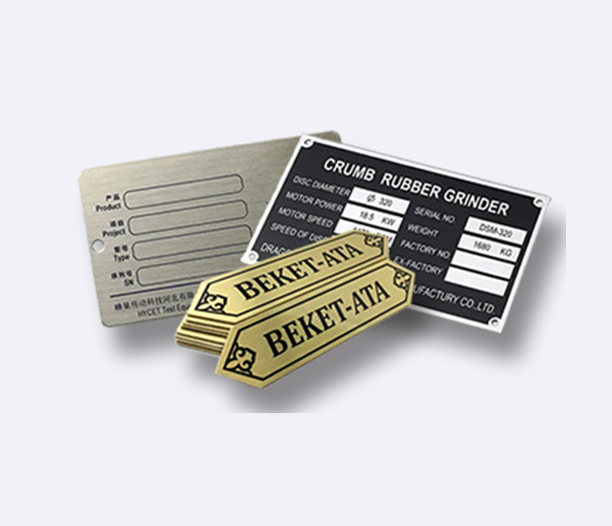Let’s talk about something that doesn’t get enough attention in the industrial and manufacturing world: the Electrical Motor Name Plate. You know, that little metal tag bolted to the side of your motor? The one most people glance at once and forget about? Yeah, that one. Ignoring it might seem harmless, but trust me—it’s like skipping the instructions for assembling IKEA furniture. Sure, you might get lucky, but when things go sideways, you’ll regret not paying attention. Here’s why overlooking your motor’s nameplate is a shortcut you can’t afford to take.
What’s So Special About the Electrical Motor Name Plate Anyway?
First off, let’s break down what’s actually on that Electrical Motor Name Plate. Think of it as your motor’s ID card. It lists critical details like:
- Voltage and current ratings (because hooking up a 230V motor to a 480V power supply is a recipe for disaster).
- Horsepower (HP) and RPM (to ensure it’s matched to your equipment’s needs).
- Efficiency class (hello, energy savings!).
- Frame size (so replacements fit without a headache).
- Manufacturer info (for warranties or troubleshooting).
If you’re thinking, “I’ll just eyeball it,” stop right there. Guessing these specs is like playing Russian roulette with your machinery. One wrong assumption, and you’ll be stuck with downtime, repair bills, or worse—a safety hazard.

Mistake #1: Assuming “Close Enough” Is Good Enough
Ever tried using a Phillips head screwdriver on a flathead screw? It kind of works… until it strips the screw. The same logic applies to your Electrical Motor Name Plate. Let’s say your motor dies, and you replace it with one that’s “similar” but not identical. Maybe the horsepower is slightly higher, or the voltage doesn’t exactly match. No big deal, right?
Wrong. Even small mismatches can cause:
- Overheating: Motors operating outside their rated voltage or load can overheat, shortening their lifespan.
- Energy waste: A mismatched motor might draw more current, spiking your electricity bill.
- Mechanical stress: Incorrect RPM or torque can strain connected equipment like pumps or conveyors.
Bottom line? That “close enough” motor could cost you thousands in inefficiencies and repairs. Always cross-reference the Electrical Motor Name Plate when replacing or upgrading equipment.
Mistake #2: Skipping Maintenance Based on Guesswork
“Eh, I’ll just lubricate the bearings every six months. That’s what we’ve always done.” Sound familiar? Here’s the problem: maintenance schedules aren’t one-size-fits-all. The Electrical Motor Name Plate often includes clues about:
- Lubrication intervals (specific to the motor’s design).
- Ambient temperature limits (overheating risks in hot environments).
- Duty cycle (continuous vs. intermittent use).
Ignoring these details means you’re either over-maintaining (wasting time and money) or under-maintaining (risking breakdowns). For example, a motor rated for 40°C max in a 45°C factory will fail prematurely. The nameplate tells you exactly what the motor can handle—so use it!
Mistake #3: Voiding Warranties (And Burning Cash)
Here’s a nightmare scenario: Your motor fails after 11 months, but the manufacturer denies your warranty claim. Why? Because you didn’t follow the Electrical Motor Name Plate guidelines. Many warranties require:
- Correct voltage supply.
- Adherence to ambient temperature limits.
- Proper mounting and alignment.
If you ignore the nameplate, the manufacturer can (and will) argue that misuse caused the failure. Suddenly, that “free” repair turns into a $5,000 invoice. Always document that you followed the nameplate specs—it’s your best defense in warranty disputes.
Mistake #4: Overlooking Efficiency Ratings = Burning Money
Modern motors come with efficiency ratings like IE3 or IE4 (thanks to DOE regulations). The Electrical Motor Name Plate specifies this, and it matters a lot. Let’s say you replace an old IE1 motor with a “cheap” generic one. Sure, you saved $200 upfront, but:
- Lower efficiency means higher energy bills.
- You might miss out on utility rebates for high-efficiency models.
- The motor could fail sooner, costing more in replacements.
One study found that upgrading to a premium-efficiency motor can save up to $3,000 in energy costs over its lifespan. The nameplate tells you what you’re working with—don’t leave that money on the table.
Mistake #5: Ignoring Safety Labels = Putting Workers at Risk
The Electrical Motor Name Plate isn’t just about performance—it’s about safety. For example:
- Explosion-proof ratings: Critical for motors in hazardous environments (e.g., chemical plants).
- Ingress Protection (IP) ratings: Dust and water resistance for outdoor or wet conditions.
- Grounding requirements: Avoid electrocution risks.
Using a non-explosion-proof motor in a flammable area isn’t just illegal—it’s deadly. OSHA doesn’t mess around with safety violations, either. Fines can hit $15,000 per violation, and that’s before lawsuits from injured workers. The nameplate isn’t a suggestion; it’s a lifesaver.

How to Avoid These Costly Blunders: A 3-Step Checklist
- Read the Damn Nameplate: Before installing, repairing, or replacing a motor, check the Electrical Motor Name Plate. Take a photo and save it in your maintenance records.
- Verify Compatibility: Match voltage, horsepower, RPM, and frame size to your application. When in doubt, call the manufacturer.
- Train Your Team: Ensure everyone—from operators to maintenance techs—understands how to use nameplate data. A 10-minute training session could prevent a $10,000 mistake.
Final Thoughts: Don’t Let Laziness Cost You
In the hustle of daily operations, it’s easy to dismiss the Electrical Motor Name Plate as a trivial detail. But as the saying goes, “The devil’s in the details.” A few minutes of double-checking specs can save you from catastrophic downtime, safety incidents, or budget-busting repairs. Your motor’s nameplate isn’t just a piece of metal—it’s the roadmap to reliability, efficiency, and compliance. Ignore it at your own peril.






